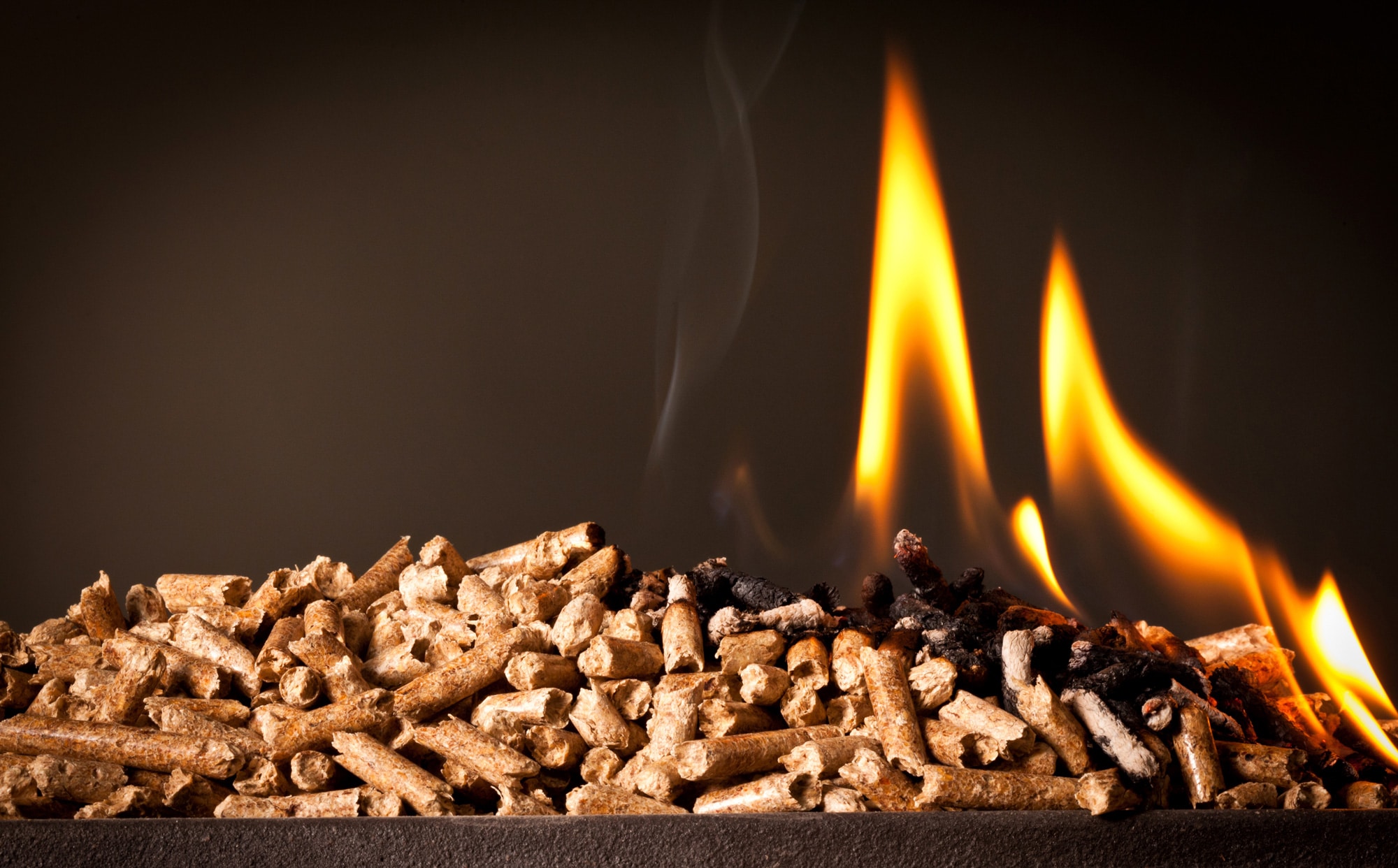Wood pellets are viewed as a clean option for several causes, and their use adds to reduced ecological impact compared to many traditional heating methods. Here's what makes wood pellets for biomass and ecologically friendly alternative:
Green Resource:
Wood pellets are made by biomass, which is definitely a renewable reference. As long because forests are managed sustainably and trees and shrubs are replanted, the source of wood for pellet production remains abundant in addition to renewable.
Carbon Neutrality:
The combustion associated with wood pellets is known as carbon-neutral. The co2 released during burning is roughly corresponding to the carbon dioxide absorbed by the particular trees during their growth. This provides an impressive sealed carbon cycle, making wood pellets the carbon-neutral heating alternative.
Lower Greenhouse Fuel Emissions:
When compared with precious fuels such because coal, oil, and gas, burning wood pellets generally creates lower greenhouse fuel emissions. The and also carbon released during burning is part associated with the natural and also carbon cycle, whereas burning up fossil fuels highlights additional carbon directly into the atmosphere.
Waste material Reduction:
Wood pellets are often created from wood residues and even byproducts, such as sawdust and wood chips, which would otherwise be considered waste. Using these supplies for pellet production helps reduce the particular environmental impact involving the wood processing industry and decreases overall waste.
Vitality Efficiency:
Wood pellets have a high energy density, meaning they pack the significant amount of strength into a tiny volume. This cardio density contributes to be able to the efficiency involving pellet stoves and even boilers, providing efficient heating with much less fuel.
Low Sulfur Content:

Wood pellets have a reduced sulfur content in comparison to some fossil fuels. This is very important because burning up fuels with large sulfur content can easily lead to typically the release of sulfur dioxide, contributing to surroundings pollution and acid rain.
Reduced Particulate Emissions:
Modern pellet stoves and boilers are designed using advanced combustion technology, resulting in reduce particulate emissions when compared to some traditional warming methods. This contributes to improved air high quality, particularly in home settings.
Forest Management Practices:
The desire for wood pellets can incentivize liable and sustainable forest management practices. Well-managed forests lead to biodiversity, soil health, plus ecosystem resilience.
Localized and Regional Acquiring:
Wood pellets happen to be often produced and sourced locally, lowering the need for long-distance transportation. This localized approach minimizes the environmental influence associated with gasoline transportation.
Supports Spherical Economy:
Using real wood pellets made coming from wood residues helps a circular economic system by utilizing waste materials for energy manufacturing. This aligns together with principles of useful resource efficiency and waste products reduction.
Indoor Air Quality:
Pellet stoves and even boilers are developed to burn solid wood pellets efficiently, resulting in lower exhausts and improved indoor air quality compared to some traditional heating methods.
Whilst wood pellets present environmental advantages, really important to notice that their sustainability also depends upon responsible forestry practices, suitable management of pellet production, and faithfulness to regulatory requirements to ensure ecological benefits are strengthened.
